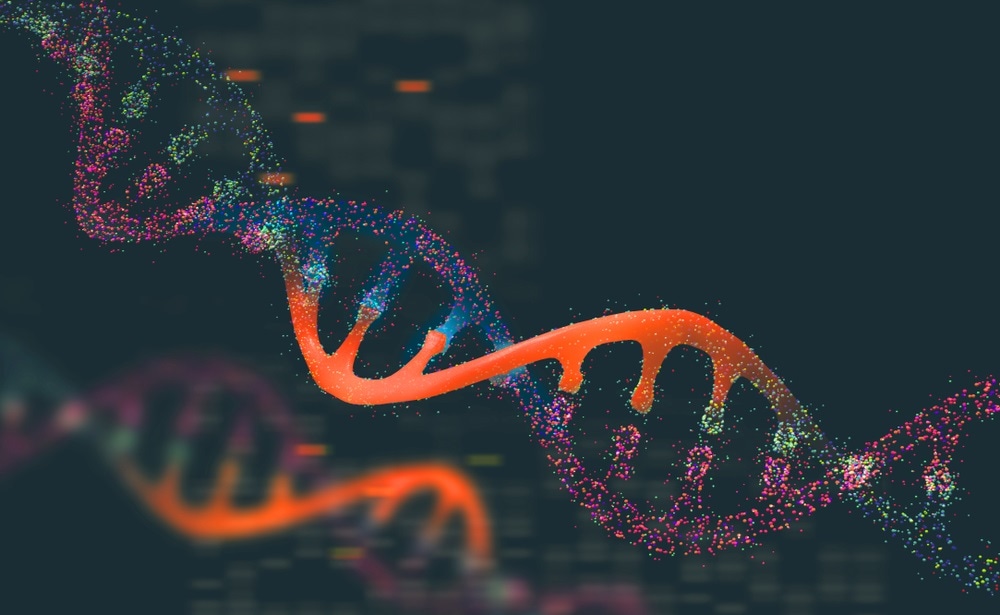Researchers at the University of Utah have made an important discovery about parts of mammalian genomes linked to hibernation that could improve the understanding and treatment of obesity and metabolic disorders.
 Image Credit: Yurchanka Siarhei/ Shutterstock.com
Image Credit: Yurchanka Siarhei/ Shutterstock.com
Hibernation is a phenomenon that has fascinated scientists for years. Bears and various other mammals pack on the pounds in amounts that would pose a health risk to humans, in preparation for months of sleeping. Yet, when the animals emerge from hibernation, they are as fit as ever.
Now, Christopher Gregg and colleagues report that they have identified which parts of the genome are linked to hibernation and how understanding them will help to control risks for some major diseases.
"Hibernators have evolved an incredible ability to control their metabolism," says Gregg… "Metabolism shapes risks for a lot of different diseases, including obesity, type 2 diabetes, cancer and Alzheimer's disease. We believe that understanding the parts of the genome that are linked to hibernation will help us learn to control risks for some of these major diseases.”
Screening for genetic switches that might explain some animals’ “biomedical superpowers”
Previously, Gregg and bioinformatician Elliot Ferris screened mammalian genomes in search for genetic “switches” or regulatory elements that may help to shed light on why some animals have evolved “biomedical superpowers,” such as elephants being resistant to cancer and dolphins being resistant to the formation of blood clots.
That research revealed thousands of previously unknown genetic elements that helped to show which portions of the genome were related to such traits.
Now, Gregg and Ferris have tried to determine whether studying hibernating animals could help to reveal parts of the genome that are involved in regulating obesity, which is a worldwide epidemic that affects millions of people.
The global obesity epidemic
According to the World Health Organization (WHO), obesity is associated with serious social and psychological factors and affects almost all age and socioeconomic groups in both developed and developing countries.
Estimates suggest that in 1995, 200 million adults were obese worldwide and 18 million children aged under 5 years were overweight. Since the year 2000, the number of obese adults has risen to more than 300 million.
The team studied four hibernating animals
As reported today in the journal Cell Reports, Gregg and Ferris studied four hibernating animals found in diverse habitats across the world, namely: the gray mouse lemur, the thirteen-lined ground squirrel, the little brown bat and the lesser Madagascar tenrec.
Genomic analysis of the four animals revealed that each of the genomes had independently evolved short, non-coding sequences of DNA called parallel accelerated regions that were disproportionately positioned close to genes associated with obesity in humans.
To confirm their finding, the team studied the genes involved in the genetic condition Prader-Willi Syndrome, which causes people to have an insatiable appetite that means they become morbidly obese.
The researchers found that genes associated with Prader-Willi Syndrome had more parallel accelerated regions than genes that are not linked to the syndrome.
The team thinks hibernators have evolved ways to control the genes involved in obesity
This and other findings have led Gregg and Ferris to hypothesize that hibernating mammals have evolved ways to switch off certain genetic elements that control the activity of genes involved in obesity.
Understanding these specific genetic elements could help researchers learn about and control obesity risks among people.
"Our results show that hibernator accelerated regions are enriched near genes linked to obesity in studies of hundreds of thousands of people, as well as near genes linked to a syndromic form of obesity," says Ferris.
By bringing together data from humans and hibernating animals, we were able to uncover candidate master regulatory switches in the genome for controlling mammalian obesity."
Elliot Ferris, University of Utah
Overall, the researchers identified 364 genetic elements that could play a role in the regulation of hibernation and obesity and they are now testing these components in mice using CRISPR epigenome editing. This technology was developed by Jason Gertz, a researcher at the University’s Huntsman Cancer Institute.
Gregg says that since obesity and metabolism shape risks for so many different diseases, the discovery of these parts of the genome is a really exciting insight that lays foundations for many important new research directions: "We have new projects emerging for aging, dementia, and metabolic syndrome.”
Source:
Hibernating mammals arouse hope for genetic solutions to obesity, metabolic diseases. Eurekalert. Available from: https://www.eurekalert.org/emb_releases/2019-11/uouh-hma112119.php